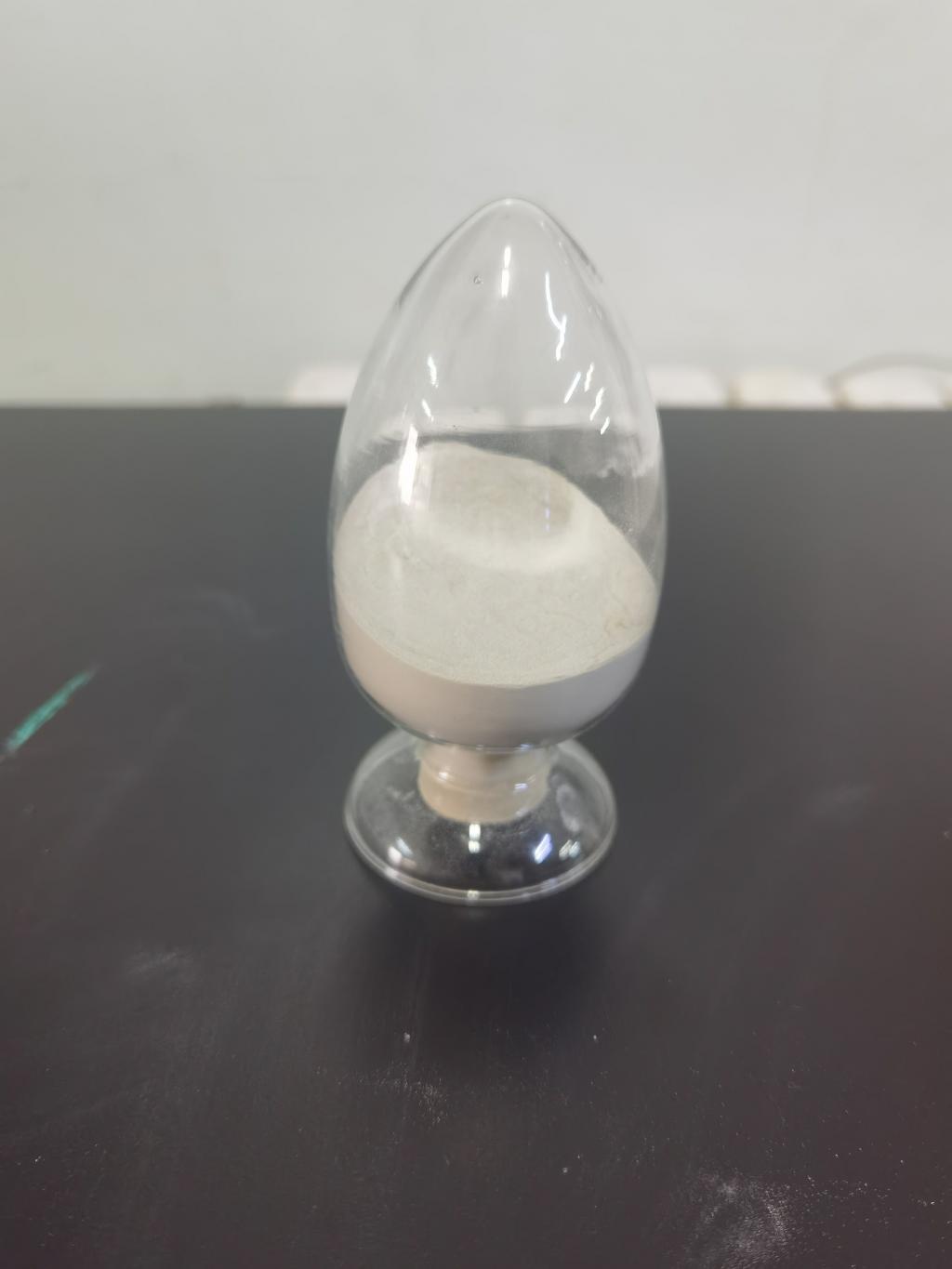Tel:+8618231198596

News
 CONTACT
CONTACT
 CONTACT
CONTACT
- Linkman:Linda Yao
- Tel: +8618231198596
- Email:linda.yao@dcpharma.cn
- Linkman:CHARLES.WANG
- Department:Overseas
- Tel: 0086 0311-85537378 0086 0311-85539701
News
Current Position:
Home >
News
>Nisin and the Fight Against Antibiotic-Resistant Bacteria: A Natural Ally
Nisin and the Fight Against Antibiotic-Resistant Bacteria: A Natural Ally
TIME:2023-12-27
Introduction:
The emergence of antibiotic-resistant bacteria represents a major challenge in modern medicine, rendering conventional antibiotics less effective and jeopardizing our ability to combat infectious diseases. In the quest for alternative strategies, the focus has turned to natural antimicrobial agents, and among them, Nisin has shown remarkable potential. This article delves into the multifaceted role of Nisin as a natural ally in the fight against antibiotic-resistant bacteria.
1. Antibiotic Resistance: A Growing Global Concern:
The misuse and overuse of antibiotics have accelerated the development of resistance in bacterial populations. Antibiotic-resistant bacteria not only compromise the efficacy of current treatments but also increase the risk of untreatable infections, leading to higher mortality rates and healthcare costs. The urgency of finding innovative solutions has led researchers to explore unconventional avenues, including the use of natural antimicrobial peptides.
2. Nisin: Nature's Antibacterial Warrior:
Nisin is a naturally occurring antimicrobial peptide produced by certain strains of lactic acid bacteria, most notably Lactococcus lactis. Discovered in the early 20th century, Nisin has been extensively studied for its potent antibacterial properties and has found applications in the food industry as a natural preservative. Its safety for human consumption has been established, making it an attractive option for therapeutic use.
3. Mechanisms of Action: Nisin's Versatility:
Nisin exhibits diverse mechanisms of action, setting it apart from traditional antibiotics. Its primary modes of action include:
a. Cell Membrane Disruption: Nisin targets bacterial cell membranes, creating pores that lead to membrane depolarization and cell death. This unique mechanism reduces the likelihood of bacterial resistance.
b. Inhibition of Cell Wall Synthesis: Nisin interferes with the synthesis of bacterial cell walls, disrupting the structural integrity of the target bacteria.
c. Anti-Biofilm Activity: Nisin has demonstrated efficacy against bacterial biofilms, which are implicated in chronic infections and are notoriously resistant to traditional antibiotics.
4. Nisin vs. Antibiotic-Resistant Bacteria:
Nisin's effectiveness against antibiotic-resistant strains has been documented in various studies. Key considerations include:
a. Broad-Spectrum Activity: Nisin exhibits activity against a wide range of bacteria, including Gram-positive pathogens that are often associated with antibiotic resistance.
b. Synergy with Traditional Antibiotics: Studies suggest that Nisin can enhance the activity of conventional antibiotics, potentially overcoming resistance mechanisms.
c. Reduced Likelihood of Resistance: Nisin's multi-faceted modes of action make it less prone to the development of resistance compared to traditional antibiotics.
5. Clinical Applications and Challenges:
The transition from laboratory research to clinical applications poses challenges and considerations:
a. Formulation and Delivery: Developing effective formulations and delivery methods for Nisin in clinical settings is essential for its therapeutic success.
b. Safety and Regulatory Approval: Ensuring the safety of Nisin for human use and obtaining regulatory approval are crucial steps in its journey from the laboratory to the clinic.
c. Combination Therapies: Exploring combination therapies that leverage the synergistic effects of Nisin with existing antibiotics requires careful consideration and clinical validation.
6. Future Prospects and Research Directions:
The potential of Nisin in the fight against antibiotic-resistant bacteria opens avenues for future research:
a. Structural Modifications: Investigating structural modifications of Nisin to enhance its stability, bioavailability, and therapeutic efficacy.
b. Targeted Delivery Systems: Developing targeted delivery systems to improve the specificity of Nisin and reduce potential side effects.
c. Exploring Novel Sources: Exploring novel sources of antimicrobial peptides in nature and their potential synergies with Nisin for enhanced antibacterial activity.
Conclusion:
As the world grapples with the escalating crisis of antibiotic resistance, Nisin emerges as a natural ally in the fight against drug-resistant bacteria. Its unique mechanisms of action, broad-spectrum activity, and potential for synergy with traditional antibiotics position it as a promising candidate for future therapeutic applications. While challenges remain in translating laboratory findings into clinical success, the exploration of Nisin and other natural antimicrobial peptides offers hope for a new era in the battle against antibiotic-resistant infections.
- Tel:+8618231198596
- Whatsapp:18231198596
- Chat With Skype







